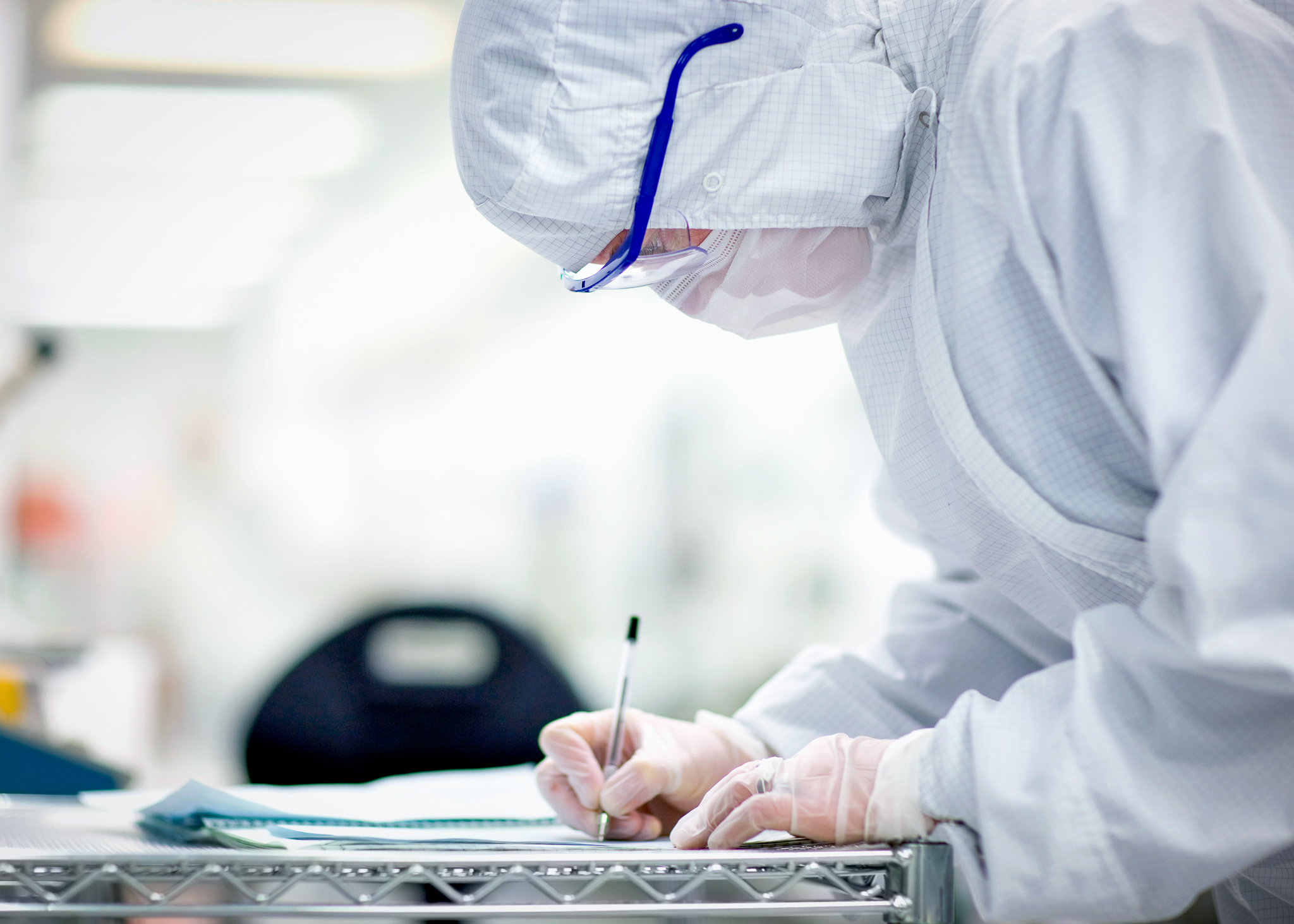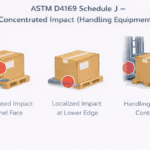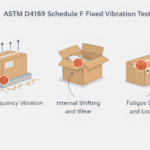Medical package testing often requires a protocol outlining the project, requirements, and samples. Manufacturers sometimes wonder if the testing protocol is necessary. After all, it does take time. Perhaps it would be easier to skip it. That can be true, but only part of the time. If testing is for regulatory submission, a written protocol should always be written.
A reliable medical package testing service will always recommend a protocol. It is required for validation. They understand that sometimes a manufacturer wants to save time and skip the exercise, especially if the project is not for regulatory submission. But what your testing partner knows is that someday an auditor may request the protocol. Auditors and notified bodies prefer to see the protocol to confirm if the testing partner established specific rules to follow in performing package testing.
If a manufacturer does not have a protocol for testing, it could bring up questions. An auditor may wonder why the protocol wasn’t created in the first place. That could lead them to conclude other steps were not completed either, and encourage further investigation. It could drag out an audit process, and the initial time saved would be lost.
Medical Package testing protocol steps
How is a medical package testing protocol written? First and foremost, a protocol is written as a set of rules the testing partner must follow in performing the package test on that specific product. It should go hand in hand with the report itself. The protocol outlines what will be done, while the report confirms those steps were taken.
A protocol will identify the following:
- Type of testing to be performed
- Testing to what type of standard
- Acceptance criteria
Both the manufacturer and the testing partner must sign off on the protocol. Testing can occur once the protocol is fully executed. A final report is created once testing is done.
The protocol contains specific steps to outline the testing process. A few include:
Introduction
The protocol introduction provides an overview of what is being tested and what type of testing will occur.
Objectives
States the intent and expected outcome of the medical package testing.
Scope
Establishes the name of the device and details the type of device and testing to be performed.
Rationale
The rationale states why the testing is required or why it is being performed.
Validation requirements
This is where the sample size is documented and includes a statement that devices may be subjected to long-term storage.
The report includes additional steps with planning, product information, the acceptance criteria, and more.
Getting started with your testing protocol
Once you start discussions with your testing partner, they will begin the protocol process. Life Science Outsourcing works closely with their clients to establish if protocol is recommended, and collects the necessary information. It is also part of the process to discuss if revalidation will be necessary for future package testing. Revalidation may need to occur when packaging or device changes happen.
Life Science Outsourcing delivers superior packaging validation, testing, and design that minimizes costs while ensuring all regulatory requirements are satisfied. Contact us today to discuss your project needs and find out if your project would need or benefit from a package testing protocol.





